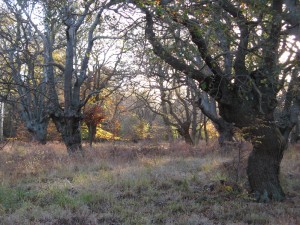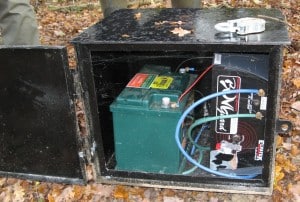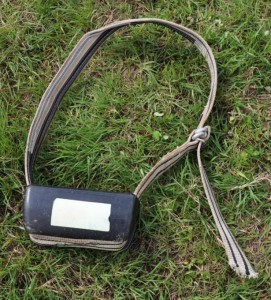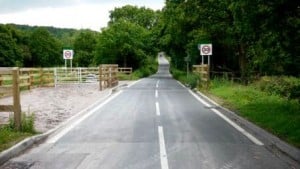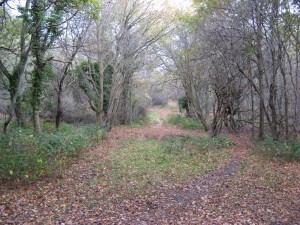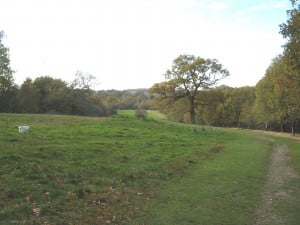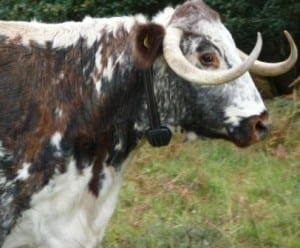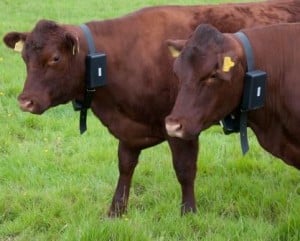Support us from £3/month
We deal with almost 1000 cases a year assisting communities, groups and individuals in protecting their local spaces and paths in all parts of England and Wales. Can you help us by joining as a member?
The society has long opposed fencing on commons, and we are pleased that an alternative is being developed.
Last November we joined a group of commons practitioners on a visit to Epping Forest, to learn about the use of invisible fencing to contain stock.
Epping Forest is a 12-mile-long stretch of ancient woodland straddling the boundaries of Essex and the London Boroughs of Redbridge and Waltham Forest. It is surrounded by conurbations and busy roads, including the M25, has 4.5 million visits a year. Yet it survives as a site of special scientific interest (SSSI) and a special area of conservation (SAC) a top European designation.
Epping Forest was an Anglo-Saxon grazed common which became a royal forest in the twelfth century. In the nineteenth century the Open Spaces Society led the campaign to open it to the people.
The forest relies on traditional extensive grazing to maintain its ancient wood-pasture and trees, but animals and busy road do not mix and so the City of London Corporation, which owns the forest, is exploring the use of invisible fencing to avoid unsightly barriers.
The invisible fencing apparatus consists of a generator housed in a small chamber to keep it dry, with a rechargeable battery.
To this is attached a cable which is run about 15 centimetres under the ground to make a loop. The cattle are each equipped with collars (costing around £270 each) and when the animals are within six metres of the buried cable they get a buzz, and within one metre they get a shock. They learn very quickly to turn back when they get the buzz.
Currently the system allows for ‘enclosures’ of about 100 hectares although the manufacturers, Lacmé, are working on creating larger one. Essex County Council’s highways department has been cooperative in allowing the invisible fencing to run under the roads so that it acts as a cattle-grid. The number of grids in the forest has consequently been reduced from 13 to four.
The invisible fencing is still not sufficiently reliable where a busy road runs next to the forest. If the cattle are frightened, for instance by being chased by a dog, they might ignore the buzz and shock and cross the line, resulting in an accident. It is also then difficult to get them back over the line. So there is low wooden fencing alongside the roads to act as an additional protection. But the invisible fencing does avoid the need for paddocks within the forest so that the extensive open stretches are retained.
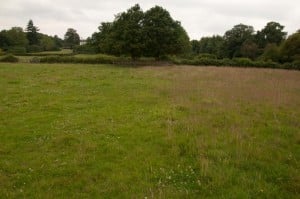
The line of the invisible fence is shown by the change in vegetation on The Warren. Photo: Jeremy Dagley
The grazing is resulting in the return of low-growing flowering plants such as lousewort and tormentil as well as heathers.
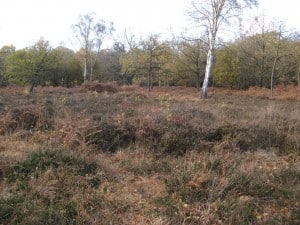
Deershelter Plain: here the area has been opened up and the invisible fencing enables it to be grazed to benefit low-growing plants.
The invisible fencing is work in progress, the downside is the cost, but it is certainly valuable in ensuring that commons can be managed in the interests of all.

